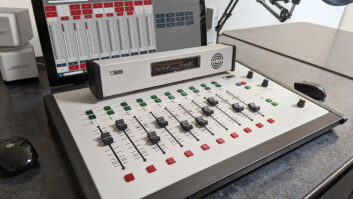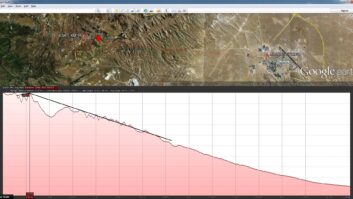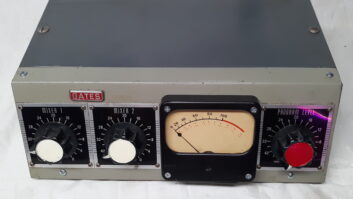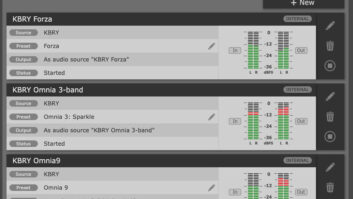The author is a retired broadcast engineer in Mount Vernon, Va.
This is in reference to the interesting and informative article in the May 8 issue by Oliver Berliner (“The ‘vu’ Meter Legacy Shines On”). The author gives the history of the original meter movement, the impedance matching of the meter circuitry, and voltage calibration for the classic volume unit meter and the original instrument designer.
However, I was surprised that he made no reference to the seminal document, “A New Standard Volume Indicator and Reference Level,” published in the January 1940 issue (Volume 38, Number 1) of the Proceedings of the IRE.
This 16-1/2 page document by Chin, Gannett and Morris details the previous audio signal level measuring devices, the need for a new standard meter to be used for audio program distribution, desired meter characteristics, the evaluation and testing methods used on existing and the proposed new instrument and, finally, the electrical and mechanical specifications of what we know as the reference vu meter assembly.
Although Mr. Berliner indicates that the frequency response of the vu meter he describes rolls off at 10 kHz, the IRE document states that response is not to depart from that at 1000 Hz, by more that 0.5 dB between 25 and 16,000 Hz, with no range limit given. My meters extend well beyond that range.
As pointed out, the standard includes even the exact color for the dial. And the design of the spade at the end of the pointer was based on user preference responses. Dynamic characteristics required that the meter pointer rise to the 99 percent within 0.3 seconds and then overshoot to between 101 percent and 101.5 percent, when a continuous 1000 Hz signal was applied of such RMS voltage to give a 100 percent or 0 vu indication.
The pointer decay time when such a tone signal is removed is not specified. The 100 percent or 0 vu point is to be at 71 percent of the scale length.
The letters vu or VU are not printed on meter dial face shown in the IRE document, nor are they on the Weston instrument. However, Simpson did print upper case “VU” above the scale ends on its similar-styled meter.
The meters shown on a mixing console advertisement in one of your sister publications had meters with “VU” printed on the dials and pointers with straight ends without the spade design. One would wonder if these meters would meet the very specific required rise time, overshoot and the damping of the reference vu meter.
One of the major considerations in the reference meter was to have a passive instrument that did not require an amplifier or external power supply, but which would have a negligible effect on the circuit being metered.
The meter was not to cause more than 0.2 percent harmonic distortion of the signal within the circuit being bridged. Having installed many Weston and Simpson meters together with the specially designed matching Daven brand step variable attenuator, I have kept a copy of the original IRE document handy for reference.
I highly recommend anyone having an interest in the full history of the development of vu meter to obtain a copy. One source is the AES URL http://www.aes.org/aeshc/pdf/chinn_a-new-svi.pdf.












